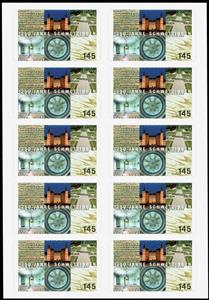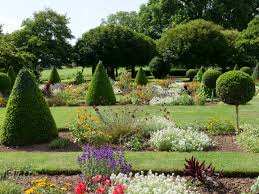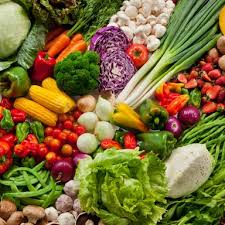Mini Sheet: 1250th anniversary of Schwetzingen (Germany, Federal Republic 2016)
1250th anniversary of Schwetzingen (Germany, Federal Republic 2016)
01 March (Germany, Federal Republic ) within release Schwetzingen goes into circulation Mini Sheet 1250th anniversary of Schwetzingen face value 10*145 Euro cent
| Mini Sheet 1250th anniversary of Schwetzingen in catalogues | |
|---|---|
| Michel: | Mi: DE FB54 |
Mini Sheet is vertical format.
Also in the issue Schwetzingen:
- Stamp - 1250th anniversary of Schwetzingen face value 145;
- Mini Sheet - 1250th anniversary of Schwetzingen face value 10*145;
Mini Sheet 1250th anniversary of Schwetzingen it reflects the thematic directions:
An anniversary is the date on which an event took place or an institution was founded in a previous year, and may also refer to the commemoration or celebration of that event. For example, the first event is the initial occurrence or, if planned, the inaugural of the event. One year later would be the first anniversary of that event. The word was first used for Catholic feasts to commemorate saints. Most countries celebrate national anniversaries, typically called national days. These could be the date of independence of the nation or the adoption of a new constitution or form of government. The important dates in a sitting monarch's reign may also be commemorated, an event often referred to as a "Jubilee".
A castle (from Latin: castellum) is a type of fortified structure built in Europe and the Middle East during the Middle Ages by European nobility. Scholars debate the scope of the word castle, but usually consider it to be the private fortified residence of a lord or noble. This is distinct from a palace, which is not fortified; from a fortress, which was not always a residence for nobility; and from a fortified settlement, which was a public defence – though there are many similarities among these types of construction. Usage of the term has varied over time and has been applied to structures as diverse as hill forts and country houses. Over the approximately 900 years that castles were built, they took on a great many forms with many different features, although some, such as curtain walls and arrowslits, were commonplace.
A garden is a planned space, usually outdoors, set aside for the cultivation, display, and enjoyment of plants and other forms of nature. The single feature identifying even the wildest wild garden is control. The garden can incorporate both natural and artificial materials
Vegetables are parts of plants that are consumed by humans or other animals as food. The original meaning is still commonly used and is applied to plants collectively to refer to all edible plant matter, including the flowers, fruits, stems, leaves, roots, and seeds. An alternative definition of the term is applied somewhat arbitrarily, often by culinary and cultural tradition. It may exclude foods derived from some plants that are fruits, flowers, nuts, and cereal grains, but include savoury fruits such as tomatoes and courgettes, flowers such as broccoli, and seeds such as pulses.




